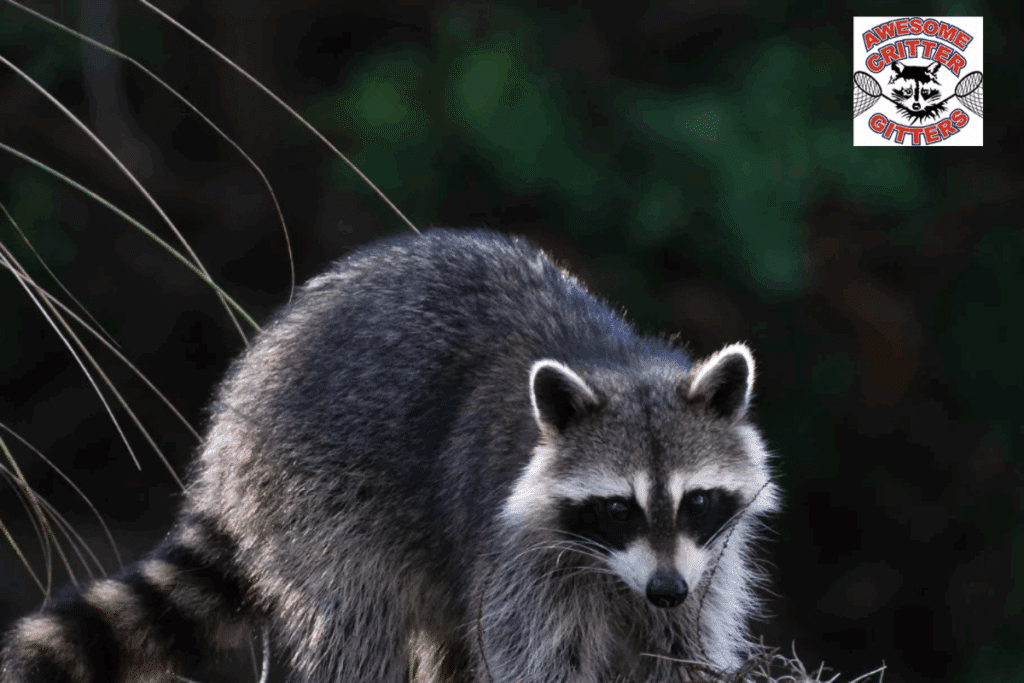You step into your backyard, and there it is—a hole beside your deck, fresh dirt scattered nearby. You think it’s no big deal… until more holes start appearing, and your garden looks like a buffet. Sounds familiar? If so, you might be dealing with a wildlife invasion.
Wild animals like groundhogs, raccoons, squirrels, and even skunks can sneak into our homes and yards. At first, it may not seem serious. But these critters can damage property, chew through structures, and spread diseases. That’s why recognizing the early signs and knowing when to call a professional wildlife removal service is so important.
In this blog, we’ll explore how wildlife—especially groundhogs—can invade your space, the dangers they pose, and how groundhog removal experts can safely restore your home.
Why Groundhogs Are More Than a Nuisance
Groundhogs, also known as woodchucks, are excellent diggers. They create deep burrow systems that can run several feet underground. These tunnels often sit right beneath patios, sheds, porches, or decks.
Here’s what makes them a serious issue:
● They weaken foundations. Groundhog burrows can compromise the structural stability of buildings.
● They destroy landscaping. Groundhogs love vegetables and ornamental plants.
● They chew through wiring and wood. This can lead to electrical issues and fire hazards.
● They invite other pests. Abandoned burrows can attract skunks, foxes, or snakes
If you’re spotting signs of damage or hearing strange noises under your deck, it’s time to consider groundhog removal.
How to Know If Wildlife Has Invaded Your Home
Not every homeowner knows what to look for. Here are some red flags:
● Dirt piles or tunnel openings near your foundation
● Garden plants that look freshly munched
● Soft spots or sinking ground in your lawn
● Scratching, rustling, or thumping under decks or sheds
● Droppings, chewed materials, or unusual smells
These indicators mean it’s time to call a wildlife removal service to inspect the situation before it gets worse.
Why DIY Wildlife Control Often Fails
You might be tempted to handle the problem yourself. It’s natural to think you can block the holes or set traps. But wildlife removal is rarely that simple.
Here’s why DIY attempts usually fail:
● They don’t address the root cause. You may catch one animal, but miss others.
● They may be illegal. Many animals are protected, and unpermitted trapping can result in fines.
● They can be dangerous. Groundhogs and other animals can bite or carry diseases like rabies.
● They lack long-term prevention. Without sealing entry points, the animals often come back.
Professional wildlife removal service providers are trained in humane trapping, relocation, and prevention strategies. They know the laws and use science-based techniques to ensure lasting results.
What a Professional Groundhog Removal Process Looks Like
Hiring an expert gives you a safe, complete solution. Here’s what you can expect from a licensed wildlife control team:
Technicians will walk your yard, identify burrow entrances, and check for signs of multiple animals. They’ll also assess structural damage.
Live traps are strategically placed at groundhog pathways and burrow openings. These traps are designed to avoid harm.
Once trapped, animals are moved to approved wildlife areas in compliance with state laws.
Teams will assess and repair affected areas—like soft lawns, chewed boards, or weakened supports.
Experts seal burrow openings, add exclusion barriers, and give advice on how to avoid future invasions.
This full-service approach protects your property from repeat visits and restores peace of mind.
When Should You Call a Wildlife Removal Service?
Don’t wait until your home has visible damage or animals are inside your attic. Reach out for help as soon as you notice:
● Groundhogs appearing regularly in your yard
● New holes, tunnels, or dirt piles forming
● Pets acting strangely or showing interest in certain outdoor areas
● Unusual odors or sounds under porches
● Bite marks, claw scratches, or droppings near your foundation
Early intervention can save you hundreds—if not thousands—of dollars in future repairs.
Tips to Keep Wildlife Away for Good
You can take simple steps to help prevent animals from choosing your home:
● Trim trees and shrubs so they don’t touch your roof
● Store garbage in sealed, animal-proof bins
● Avoid leaving pet food or bird seed outside
● Close off vents, chimneys, and crawl spaces with durable screens
● Conduct seasonal inspections to catch problems early
Still, even the most prepared homeowner can find themselves with an unexpected guest. That’s why a trusted wildlife removal service is essential to have on standby.
The Hidden Costs of Ignoring Groundhog Activity
Let’s say you wait to take action. What can happen?
● Your garden could be wiped out in weeks.
● Your patio could begin to sink or crack.
● Electrical damage could lead to outages or fires.
● Mold and odors from droppings may affect indoor air quality.
● Insurance may not cover repairs caused by wildlife damage.
Instead of waiting until the problem explodes, reach out for groundhog removal as soon as you notice early signs. Fast action is the best form of protection
Conclusion: Call the Pros Before Wildlife Takes Over
Seeing a groundhog in your yard might not seem urgent—but the damage it can cause is real. These animals can turn your garden into a mess, harm your home’s structure, and even create risks for your family.
Don’t let wildlife take over your home. Contact a certified team trained in safe, effective, and humane methods. Whether you’re dealing with one burrow or multiple animals, professionals have the tools to protect your space.
Want trusted help? Visit Awesome Critter Gitters for expert groundhog removal and complete wildlife removal service solutions. Their team is ready to inspect, remove, and prevent future problems—giving you back your peace of mind.
FAQs
Q: How do I know if I have a groundhog or another animal?
Groundhogs leave wide burrow entrances, usually 10–12 inches in diameter, and you may see them during the day. Raccoons or skunks are usually more active at night. A professional inspection helps correctly identify the intruder.
Q: Are groundhogs dangerous to pets or children?
While they’re not aggressive, groundhogs can bite or scratch when cornered. Their burrows can also create tripping hazards in yards. It’s best to avoid interaction and let experts handle the situation.
Q: How long does it take to remove a groundhog?
It depends on the activity level and location. Most removals take 1–3 days, but some situations require follow-ups to ensure all animals are gone and entry points are sealed.
Q: Will removing one groundhog solve the problem?
Not always. If a burrow system is established, there may be more than one. That’s why inspections and follow-up checks are key parts of a successful removal strategy.
Q: Does homeowners insurance cover wildlife removal?
In many cases, damage caused by wildlife is not covered unless it leads to a sudden, catastrophic event. It’s important to address the issue early to avoid major repair costs.

